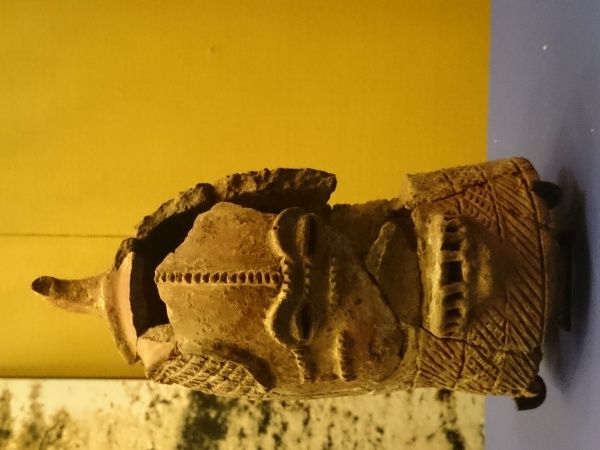Facts About Lydenburg Heads
The Lydenburg Heads are a captivating collection of seven terracotta heads unearthed in Lydenburg, Mpumalanga, South Africa. These heads rank among the oldest African Iron Age artworks discovered south of the equator. In addition to the heads, archaeologists also found pottery, beads, and bone fragments at the site. Radiocarbon dating indicates these artifacts date back to around 1410 BP, making them part of one of South Africa's earliest Iron Age settlements. The hollow heads, adorned with intricate facial details, suggest they held significant value for a sophisticated community.
Discovered by Ludwig Von Bezing on his father's farm, the heads were later excavated, reconstructed, and studied extensively. The collection comprises two large heads and five smaller ones, each demonstrating remarkable craftsmanship and artistic precision. Each head is unique, featuring distinct characteristics such as neck rings, varying facial features, and perforations that may have been used to attach headdresses. Experts believe the heads were originally embellished with white slip and specularite.
A detailed examination of each head reveals variations in design, including different mouth shapes, eye placements, and ear details. These differences imply that the heads were used for ritualistic or ceremonial purposes, possibly related to initiation rites or ancestor veneration. The smaller heads have side perforations, indicating they might have been attached to something during their use. Marks resembling scarification and specific patterns in burial practices further underscore the heads' ceremonial importance.
The Lydenburg Heads exhibit traits from various African groups, including the Bantu, Ndebele, and Bini, reflecting a rich cultural heritage. These artifacts provide invaluable insights into ancient African artistry and societal practices, illuminating Iron Age settlements and ceremonial traditions in the region.

 Eswatini (Swaziland)
Eswatini (Swaziland)